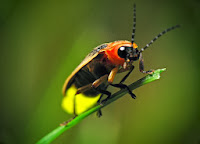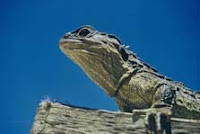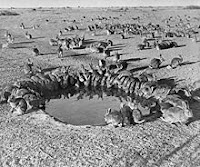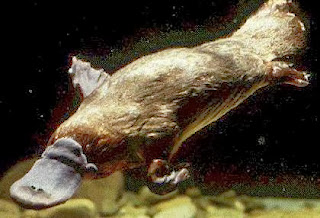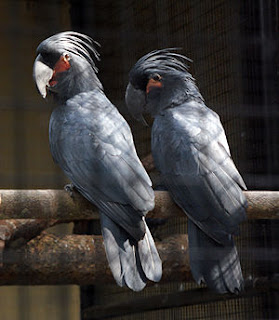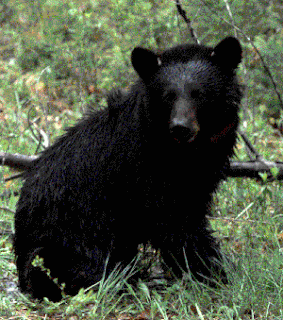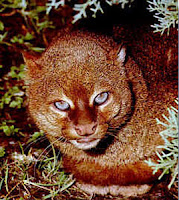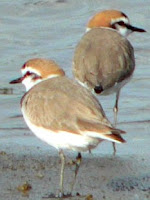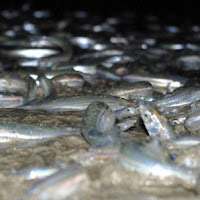Rhyme, also spelled rime, means echoing or repeating sounds in poetry. It usually occurs at the ends of lines:
Marching along, fifty-score strong,
Great-hearted gentlemen singing this song.
This is an example of end-rhyme. Strong in the first line rhymes with song in the second. In addition, the first line has internal rhyme.
Along rhymes with
strong.
In masculine rhyme, the end sounds of stressed syllables are repeated, as in
strong and
song. But in feminine rhyme, two or three syllables are echoed or repeated. For example, water and
daughter, or
dreamingly and
seemingly.
In perfect rhyme, the stressed vowel and the following sounds are repeated exactly. But different sorts of imperfect rhyme are often used: (1) rhyme in which the stressed vowels are not the same (as in
forever and
river); (2) rhyme in which the consonants following the vowels are different (as in
goes and
clothes); (3) rhyme in which the end-sound of a stressed syllable is repeated in an unstressed syllable (as in
sing and
dancing). In so-called eye-rhyme, the words only look as if they rhyme (as in
brow and
glow).
Rhyme becomes a noticeable and often delightful feature when poetry is read aloud. Rhyme draws attention to the verses as they are read, and it gives form to the stanzas. It may also emphasize the meaning of the rhyming words.
Rhyme is used only accidentally in prose, and it is not necessary in poetry. In some parts of the world, the art of poetry makes little or no use of rhyme. Present-day poets are free to use rhyme as they wish.


